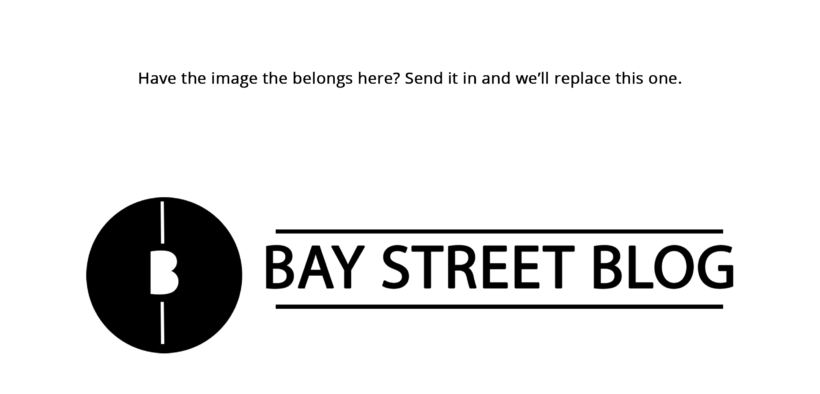South Africa Smartphone Industry
Share

The article, Forget about China; Focus on Africa, emphasized that Africa as a whole has a growing market for smartphones. However, its impossible to have a generalized analysis, as each country has different landscapes and capabilities. To start, South Africa has shown tremendous growth over the years. Specifically, “the mobile phones market grew by 36% in 2014 to reach a value of $4.6 billion. Also, smartphone is the largest segment of the mobile phones market in South Africa, accounting for 51% of the market’s total volume” (Marketline 2015). In order to further understand this industry, let’s utilize Porter Five Forces.
Buyers
Currently there are two type of buyers: “big store retailers and specialist retailers such as JD Consumer Electronics and Appliances-owned Incredible Connection, which purchase handsets to sell on to end-users. The second category of buyers is mobile network operators, such as Vodacom and MTN, many of whom now conduct their own retail operations” (Marketline 2015). At first, these buyers have a lot of power, however as newer phones become more well known, they are forced to buy some of these phones to acquire more sales. In turn, this decreases there buying power/negotiating power.
Suppliers
All large companies must be careful who their suppliers are, as they must ensure that the supplier is able to meet the standard and quality set out by the company. If this fails, bad publicity in the region that is constantly changing will reduce sales drastically. As growth continues, several large companies are considering to become their own suppliers. This means that they want to become the supplier of their goods rather than giving the responsibly to another company to make. Currently, supplier power is moderate, as large companies (i.e. Apple) have not fully became their own suppliers. For instance, “Samsung – which enjoys a greater degree of diversification than some of its rivals in the market – manufactures a proportion of Apple’s iPhone processors. Furthermore another rival, LG, is said to supply Apple with screens for its iPhone 6” (Marketline 2015).
New Entrants
Overall, the assessment of the new entrants is moderate. There is a high potential of new entrants due to the unsaturated smartphone market. For instance, “smartphone sales as a proportion of the market are below global levels – just 51% of mobile phones sold in South Africa in 2014 were smartphones, compared to 67.9% in the global market” (Marketline 2015). However, it is capital intensive and extremely risky. The main risk would be allocating a large amount of resources to South Africa, however it does not produce significant results or sales. Also, certain organizations monitor the environmental and health effects. These organization release reports of their findings, in turn if bad results are shown, it could be detrimental to several companies profit in the region.
Threat of substitutes
Possible substitutes could be fixed line telephones and laptops, however the power of these substitutes are relatively weak (Marketline 2015). One major factor is because mobiles are easy to carry around and perform tasks of both of these substitutes combined. Also, mobiles are becoming cheaper, in turn people are willing to buy mobiles because of the number of activities that could be done on it, such as watching their investments on an app, or playing on the various games available in the app store.
Rivalry
Rivalry is at an all-time high in South Africa. One of the main reasons is because customers are willing to buy smart phones. In turn, large companies are entering the market to quickly meet the demand. Due to a completely new customer base, companies are spending more time and money to attract customers in this changing market. Note that whoever acquires customers early can easily establish themselves in the future and add barriers to entry on other large companies by owning most of the market. In turn, large companies such as Nokia, Samsung, Apple and Blackberry are fighting for a spot to acquire the highest market share to gain more sales.
Conclusion
Overall, buyer power and supplier power are relatively moderate because both have less negotiating power. Also, threat of substitutes is weak because mobiles are becoming cheaper and can perform several tasks. Finally, rivalry amongst competitors is very high because a single company has not established itself within the market, as the mobile market is growing rapidly. In turn, large companies are competing against each other to acquire the largest portion of the market.
Stocks Mentioned: AAPL
Writer: Syed Azam Afzal
Disclaimer: All investing can potentially be risky. Investing or borrowing can lead into financial losses. All content on Bay Street Blog are solely for educational purposes. All other information are obtained from credible and authoritative references. Bay Street Blog is not responsible for any financial losses from the information provided. When investing or borrowing, always consult with an industry professional.






Bay Street Blog Newsletter
Click here to subscribe for a financial savvy experience.
Please check your email to confirm subscription!